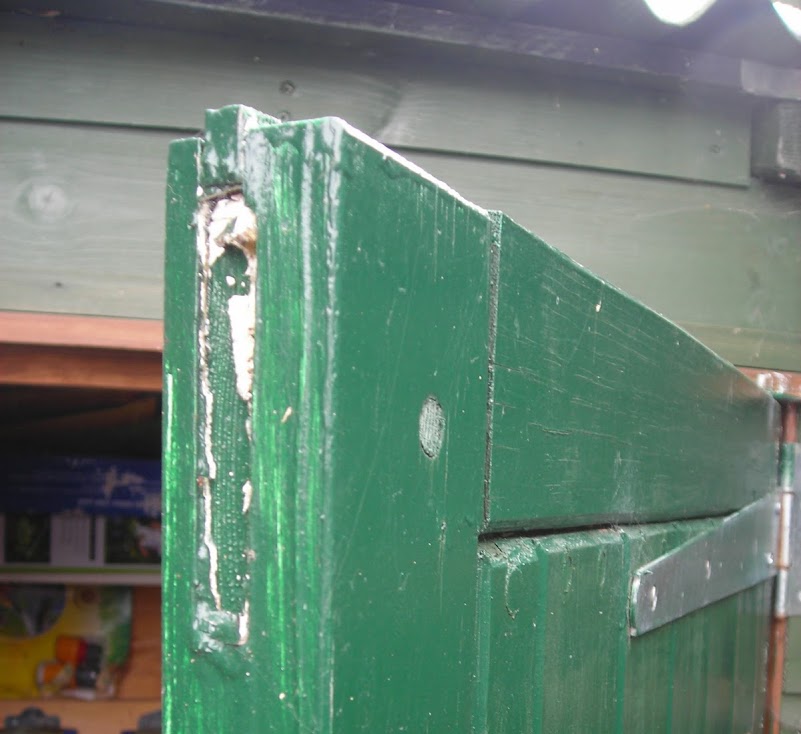Hi,
I need to make an external door for a barn I am converting into a workshop. The door is an odd size (925 x 1950) hence why I am making it. I have done a bit of woodwork but do struggle with neat mortice and tenon joints. I have got a cube of 27mm oak so my plan is to make the stiles and rails 100m wide out of two 22mm pieces laminated together giving overall thickness of 44mm. I plan on joining the tenons and rails with external dominoes, probably 4 per joint, two side by side and stacked two high.
I know it is not the traditional way but if I use a good external glue will the dominoes be ok? Has anyone made doors with dominoes?
Cheers
I need to make an external door for a barn I am converting into a workshop. The door is an odd size (925 x 1950) hence why I am making it. I have done a bit of woodwork but do struggle with neat mortice and tenon joints. I have got a cube of 27mm oak so my plan is to make the stiles and rails 100m wide out of two 22mm pieces laminated together giving overall thickness of 44mm. I plan on joining the tenons and rails with external dominoes, probably 4 per joint, two side by side and stacked two high.
I know it is not the traditional way but if I use a good external glue will the dominoes be ok? Has anyone made doors with dominoes?
Cheers





